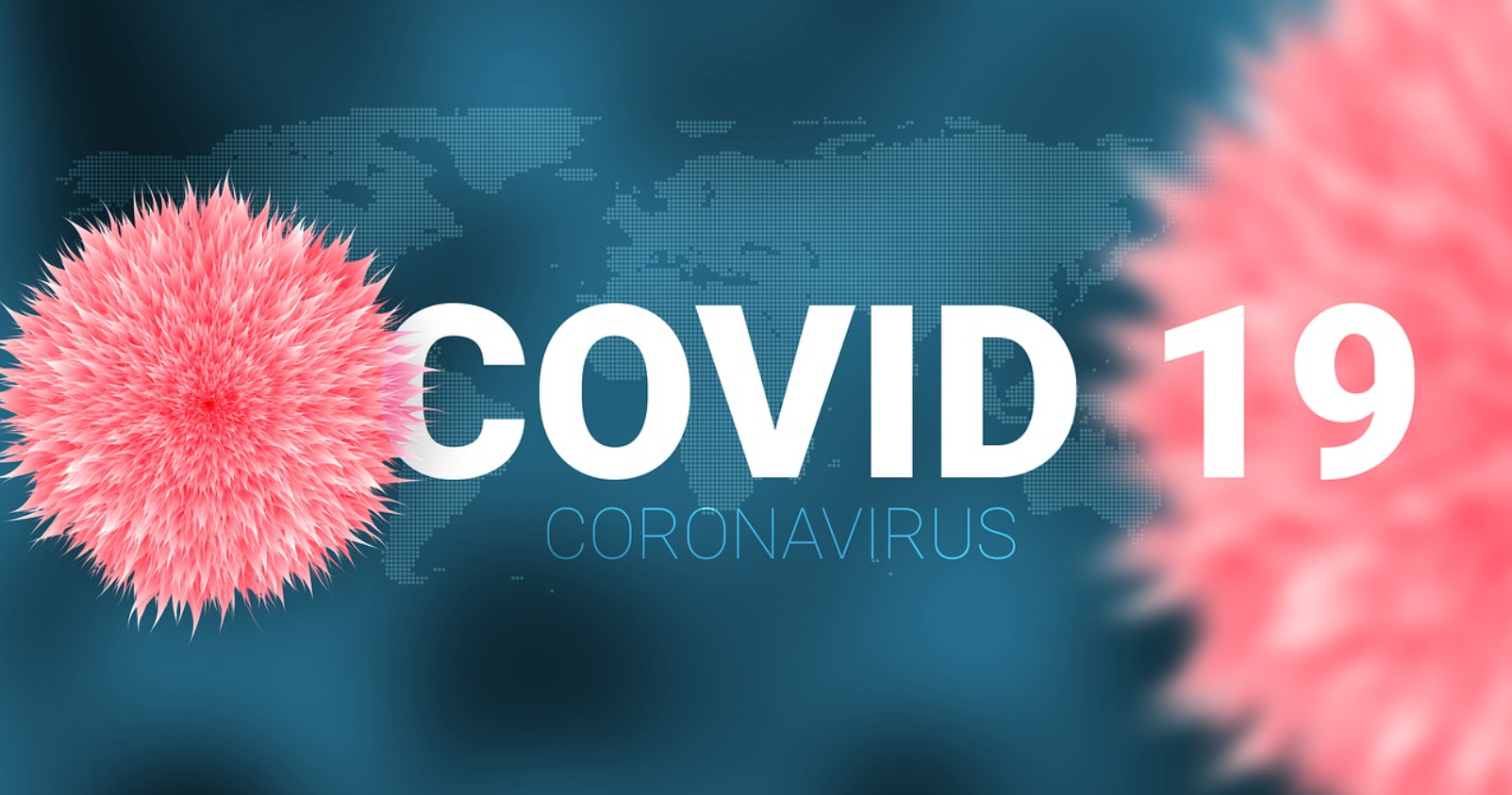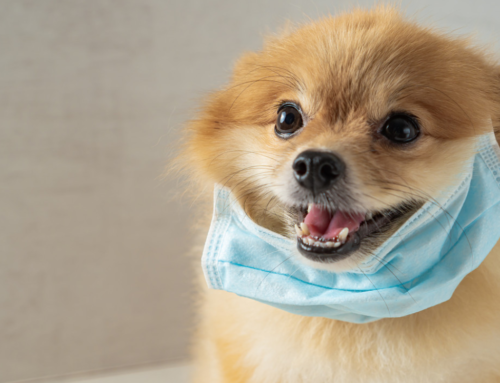Ready or not, many people will see holiday travel trends returning to the pre-COVID normal in the coming weeks. As you prepare for your own holiday celebrations, it makes sense that you take into account how others are behaving. Making yourself aware can help you to stay safe and healthy during the entire holiday season.
People are eager to return to some sense of “normalcy” during the 2021 holiday season. Amex Trendex found that nearly half (47%) of the individuals they surveyed plan to travel at least one time during the holiday season.
That said, everyone should know about the important general requirements for their upcoming travels. If you plan to visit your friends or family, make sure that you know what your airline requires before you leave for the airport. It will make your flight less stressful. The knowledge will also keep you, as well as everyone around you, healthy as we enter the new year.
Airline COVID-19 Policies This Holiday Season
Keep in mind which airlines you purchase tickets from when traveling during the holidays. All of the airlines are meant to enforce a masking policy. However, airlines have different policies as far as their vaccination requirements for passengers and workers. Additionally, they can differ in terms of having you show a vaccine card or having their flight staff vaccinated. Below is the relevant information that you should know about mask and vaccine requirements on different airlines:
American – When flying American, you must confirm that you are free of COVID-19 symptoms for the past 10 days. You must wear a visible face covering and upload a negative COVID-19 test result or vaccination record using the VeriFLY app. American has delayed staff-mandated vaccinations until Jan. 4, 2022.
Delta – Fully vaccinated travelers must provide proof of vaccination and a negative test result within three days prior to their departure. Travelers who are not fully vaccinated must show a negative COVID-19 test no more than a day before traveling. Delta requires masks during the entire travel process, from the lobby check-in to when you board the aircraft. In October, Delta did not enforce a company vaccine mandate.
Frontier – The airline states that all employees and passengers over the age of 2 must wear a face covering throughout the entire travel experience. The regulations apply even to those who are fully vaccinated. Frontier implemented a vaccine policy for all direct employees to be fully vaccinated by Oct. 1.
Southwest – Southwest requires that all passengers adhere to federal mask regulations. The company has given employees until Nov. 24 to get fully vaccinated or apply for an exemption.
United – Travelers with United must wear a face mask or risk paying a fine for a federal offense. United says it will also refuse your transport and you may lose your United travel privileges. The airline has put in place a vaccine mandate for its employees.
Alaska / Virgin America – The joint airlines test their unvaccinated employees and continue to enforce masking and social distancing. The company requires that all of its new hires get the COVID-19 vaccination prior to their hiring. Unvaccinated adult travelers must provide paper or digital proof of a negative COVID-19 viral test within one day of departure.
Allegiant – Allegiant requires that all passengers and employees wear secure face coverings. The airline does not require domestic customers to be vaccinated or show proof of a negative test prior to travel.
JetBlue – JetBlue stated that all employees must get the COVID-19 vaccine under the federal mandate. The company further requires all passengers and customer-facing crewmembers to wear masks.
Spirit – The airline requires secure face coverings in compliance with federal regulations. In October, Spirit stated that it was preparing to enforce a forthcoming federal employee vaccine mandate.
What are the Standard Airport Guidelines?
The Transportation Security Administration requires that all travelers wear masks at airport security checkpoints. Travelers must also keep masks on while traveling throughout all U.S. airports when indoors. If the T.S.A. finds you in violation of the federal regulations, you may receive future penalties or fines.
However, T.S.A. employees will ask you to adjust your mask when you go through security so that they can verify your ID. They will also ask for you to remove your mask if it sets off the screening equipment at the security checkpoint.
As for vaccination status, airports have generally maintained lesser restrictions. The Centers for Disease Control and Prevention has recommended delaying travel for those who are not fully vaccinated. Those traveling should generally only do so if it is absolutely essential and they have received a full vaccination dose. Additionally, as of Nov. 8, the White House requires vaccines for international travelers who will enter the United States.
While the aforementioned are federally regulated requirements, the T.S.A. makes other suggestions to travelers. The T.S.A. recommends that all passengers:
- Stand six feet apart whenever possible at the checkpoint.
- Remove personal items, such as technology and belts, prior to your arrival at the checkpoint queue. Doing so helps to speed up the process and also helps prevent long-term exposure.
- Practice good hygiene. Try to wash your hands both immediately before and after the security screening process. Otherwise, use hand sanitizer before and after you reach security.
- Arrive at the airport early. The coronavirus pandemic has affected airport staffing and operations. These shortages may potentially add time to your pre-flight experience.
You will find when you travel that there are a few other exceptions. For instance, you may lower your mask when eating or drinking. However, experts have encouraged passengers to minimize how often they eat and drink while traveling. These changes may feel disconcerting. However, the T.S.A. implemented them in an effort to reduce COVID-19 transmission.
What are the T.S.A. Guidelines?
Likewise, the T.S.A. has made certain security adjustments. These changes help make the checkpoint screening process safer. Among the other T.S.A. checkpoint changes include:
Reduced physical contact.
The T.S.A. installed acrylic barriers in phases. They placed these barriers at different points throughout the security checkpoints. They implemented these new barriers where flight passengers and transportation officers must interact.
Personal protective equipment.
Like the passengers, T.S.A. officers must wear a face mask and gloves at all times. They may choose to wear a clear plastic face shield or eye protection. Passengers may request that these officers change their gloves between each pat-down. But the agents do change these gloves on their own accord as well.
Cleaning and disinfecting surfaces.
T.S.A. officers more frequently disinfect surfaces that passengers and workers frequently touch. Officers will, in particular, clean all of the security screening equipment and the bins. Similarly, the officers change Explosive Trace Detection swabs after they use one.
Medical exemption for hand sanitizer.
The T.S.A. has permitted one oversized liquid hand sanitizer container per passenger in a carry-on bag. These containers can contain up to 12 ounces. You will need to separately screen these containers, which will likely add extra time to your airport security process.
What to Know Before Traveling Internationally
Your travel experience will differ when you take domestic flights versus international flights. When you travel internationally, you must follow certain guidelines. Some of the guidelines include knowing how to prepare for your flight and knowing what you must do once you get home. You should keep the following general tips in mind prior to leaving a country and then entering another one.
Consider your vaccine status.
Avoid traveling internationally until you get fully vaccinated with a COVID-19 vaccine. In some cases, countries will not let you enter if you do not provide proof that you are fully vaccinated. Following the CDC recommendation is important in minimizing the transmission of the virus.
Review the facts.
You should check your destination’s COVID-19 situation. Countries will have different travel requirements prior to travel. Governments and health organizations have based many of these requirements on current caseloads and the severity of a national outbreak. The specific requirements can influence your entry and exit responsibilities.
Secure your health documents.
The United States requires travelers to produce a negative COVID-19 test result when you travel into the country by air. Alternatively, you must show the documentation of your recovery from COVID-19 prior to boarding a flight. Your COVID-19 test time frame depends on your age and individual vaccination status.
Know the requirements.
All travelers, unless given specific permission, must wear a mask over their nose and mouth in airports and airplanes. The federal regulation relates to people traveling into, within, or out of the United States.
As you prepare to travel internationally, you must review your vaccine status. People may have differing ideas about what it means to be fully vaccinated. Even so, the CDC has outlined what they consider “fully vaccinated”:
- Fourteen days (two weeks) after getting a single-dose vaccine.
- Fourteen days (two weeks) after getting a second dose of a two-dose vaccine.
- Fourteen days (two weeks) after getting a full dosage of the COVID-19 vaccine (not placebo) in a clinical trial.
- Fourteen days (two weeks) after getting a full Novavax or Covavax COVID-19 vaccine (not placebo) through a phase 3 clinical trial.
- Fourteen days (two weeks) after getting two doses of an approved “mix-and-match” COVID-19 vaccine combination. You must get these doses at least 17 days apart. However, the CDC does not recommend getting a “mix-and-match” vaccination.
The CDC makes other recommendations prior to doing any international travel. If you are not fully vaccinated, take a viral test one to three days before you travel. You should also not take any trips if you are waiting for COVID-19 test results. In some cases, depending on individual accessibility, people can bring rapid test kits with them on trips.
Separately, all passengers to the United States must provide airlines with contact information. Provide these details prior to boarding your flight. Doing so will enable airlines to identify and contact people with potential exposure to COVID-19. If you have returned to the United States and may have encountered someone exposed to COVID-19, follow these recommendations:
- Get tested – You can get a viral test three to five days after you travel. Find these tests by looking for a nearby United States COVID-19 testing location.
- Self-monitor – If you notice any COVID-19 symptoms, isolate yourself from others. Once you do that, get yourself immediately tested.
If you are unvaccinated, the CDC also recommends self-quarantining at home for seven days (one week) after travel. The time frame is still applicable even if you have tested negative at three to five days. If you do not get tested for COVID-19, self-quarantine at home for 10 days after you travel.
As you may know, humans are not the only ones facing tighter limitations either. In June, the United States banned importing dogs from 113 countries. The government found that other countries were providing falsified rabies records. Along with doing so to protect the health of dogs, the ban protects the general public. Many people and families have adopted puppies during the coronavirus pandemic. These animals have kept many of us company during the tough times of lockdown. Nonetheless, making sure every human and animal is healthy is a matter of public health.
General COVID-19 Guidance
Over the past year, people have gained greater access across the country to COVID-19 testing and vaccinations. However, the pandemic has not concluded and it will not disappear overnight. That is why, there are still some considerations you should make prior to traveling domestically or out of the country unless you have no other option. These considerations may include:
Making a copy of your vaccine card.
When you travel abroad, people always recommend that you make a copy of your passport ID. By doing so, if you lose the original, you still have proof of your identity. Make sure to keep a copy of your vaccine card in a separate spot from the original.
Double-masking while on airplanes.
Airports and airlines may require masking, but people do not always accurately follow instructions. You should fly with the same mentality as you drive – that you are the most conscientious person on the flight.
Minimizing eating and drinking in enclosed spaces.
For long flights, the likelihood that you will eat and drink is much greater than short domestic flights. When you do, raise your mask in between bites and sips.
Considering your health history.
Anyone can get the COVID-19 virus. However, older adults and immunocompromised individuals can encounter more severe illness from COVID-19.
Thinking about the health of your loved ones.
Even if you follow health guidelines, you can still get COVID-19 while traveling. Once you return home, you may also spread it to the people who live with you. While you may not have symptoms, it can more severely affect them.
Making a packing list.
You should always pack certain items in your carry-on bag or purse. Generally, you will include medications to avoid losing them if the airline loses your luggage. Other items you should pack include: extra face masks, tissues, a thermometer, disinfectant wipes for surfaces (at least 70% alcohol), and alcohol-based hand sanitizer (at least 60% alcohol).
The holidays can be a stressful time under the best of circumstances. If you plan on traveling over the next few months, make sure to fully prepare yourself. Knowing what you can expect while flying during the pandemic will only help to improve your safety.



